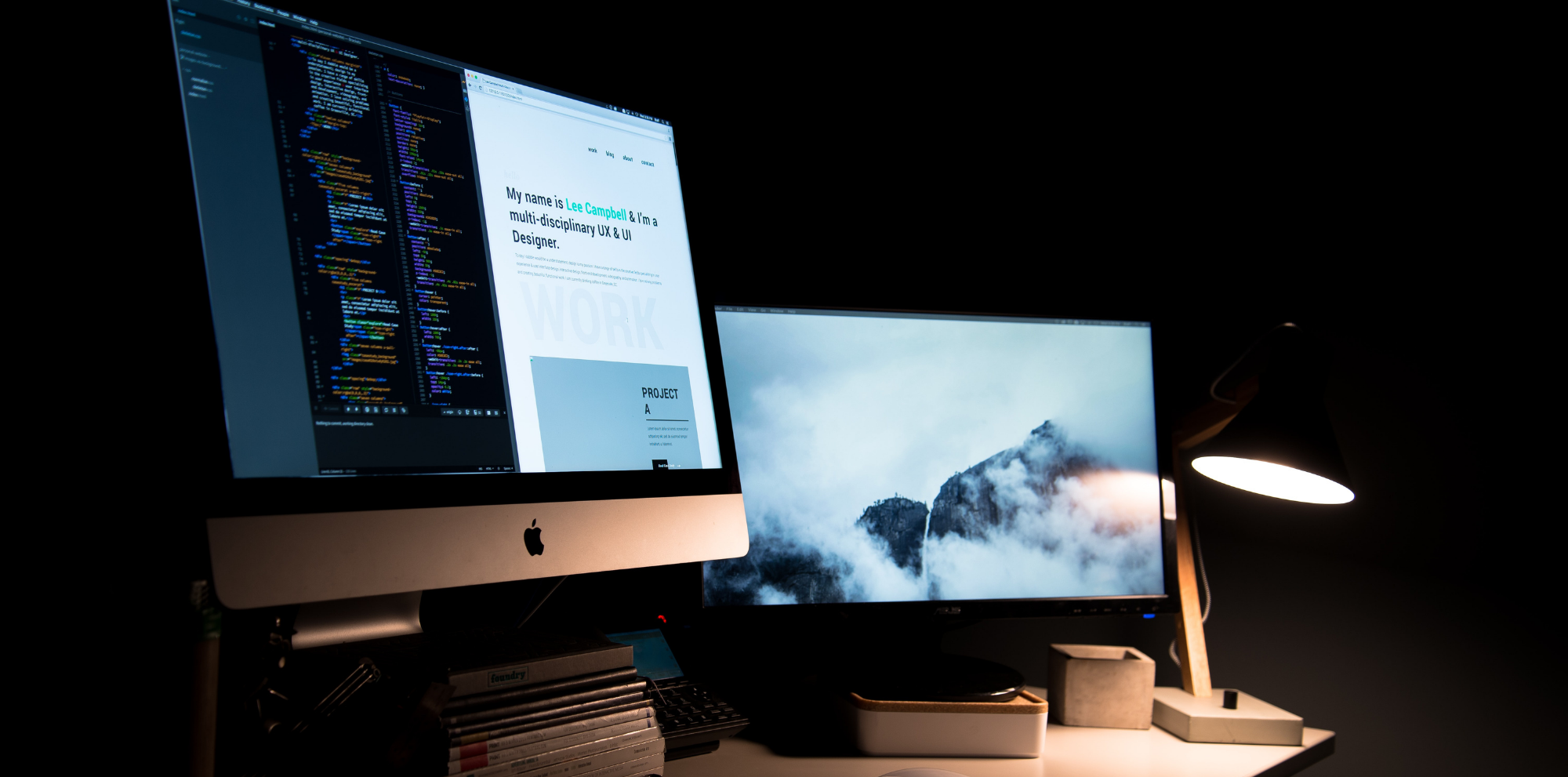Web Design: Keeping it Clean
Roald Dahl worked that way. So did Albert Einstein. Al Gore too.
How do messy desks make you feel?
Most of us know somebody who loves building paraphernalia towers on their desk. You might prefer to work that way, surrounding yourself with live projects, memos and notes.
Filing? Isn’t that something that metalworkers do?
Written By
Dan Partridge

It’s amazing how strong a reaction a messy desk can generate.
What is noteworthy, though, much more so than the German studies suggesting that messy desks help us work more efficiently, is the imagery that messy desks conjures in our minds.
We tend to associate piles of paper and books with academics, researchers and politicians. In your mental picture you’re probably hunting for a dishevelled older man in amongst the clutter, waiting patiently for an unpredictable display of eccentricity.
You probably don’t associate messy desks with tech start-ups, innovative corporations and creative forerunners. It has to be said that clutter has become all rather 1990s.
Clean Web Design
It’s probably fair to say that the early days of website design correlated closely with some of their messy-desk counterparts. The ‘website’ was typically a content-heavy, static entity that was primarily used to communicate data in a direct and 2-dimensional way.
Needless to say, things have changed.
The way that we think about, design and build websites has radically shifted. Where it was once acceptable to heap information, sub-pages and menus onto a website, today we do everything that we can to keep web design clean.
It is impossible to overstate the impact that designers have had upon the way that we build websites. There are very few successful website designs which are not creative masterpieces of carefully identified typography, photography and page layouts. The likes of web fonts have had a huge impact on the way that we build websites; choosing the right font can completely transform the impact that your web design makes.
It’s also clear that the way that we approach user experience (UX) has completely changed. In the days of dial-up, a web page needed to include as much information (ie text) as possible, in order to give the visitor all of the detail that they were looking for. Today, the average site visitor i. has a much higher residual understanding of web principles, and ii. has various tools at their disposal to quickly and easily supplement the information that a website provides.
This means that a web design which leaves out information (even relatively valuable information) will probably make a bigger impact that an overly-prescriptive site, because it will intrigue the site visitor and leave room for a breadth of creativity which is otherwise impossible to attempt. It keeps things clean.
The rise of mobile web design has acted as a catalyst for clean design. If our starting point is a mobile screen, there simply isn’t room for clutter. It also raises the stakes in terms of font, photograph and navigation choices. It’s a game changer.
Designers Matt and Dan are having a lot of fun designing clean, responsive websites for our clients, and we’re getting some great feedback.
The office isn’t looking too shabby either.

